Nanoscale Advances
An open access journal publishing across the breadth of nanoscience and nanotechnology.
Editors-in-Chief: Chunli Bai , Dirk Guldi and Yue Zhang
Open Access: Gold
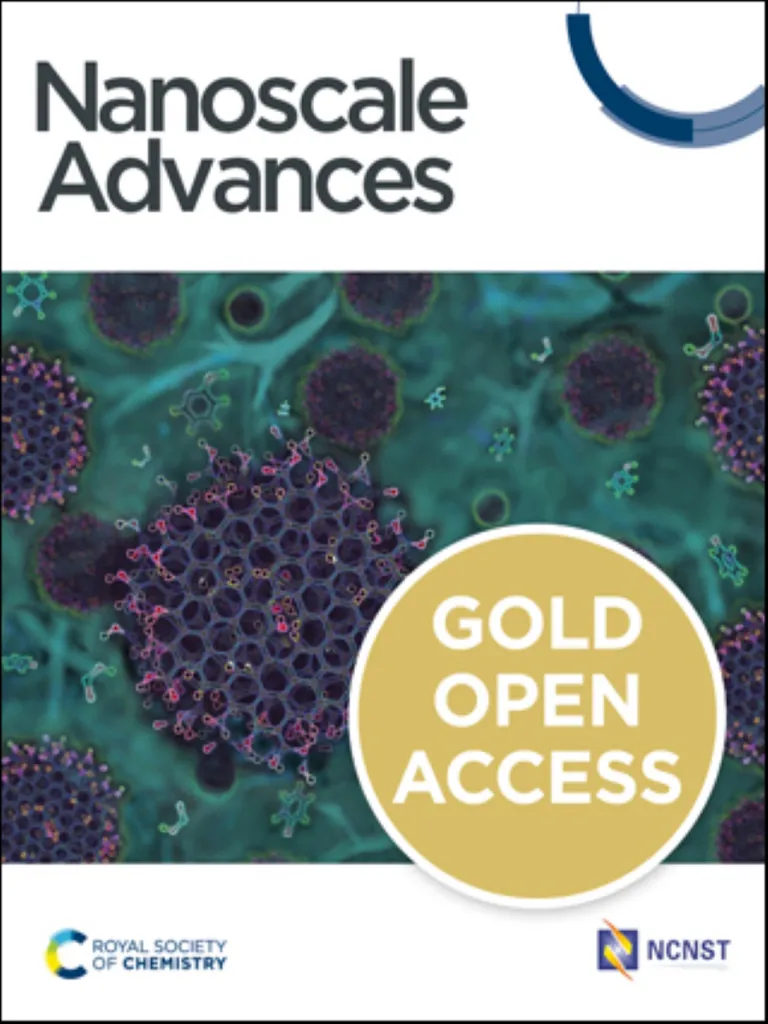
Nanoscale Advances is a collaborative venture between the Royal Society of Chemistry and the National Center for Nanoscience and Technology (NCNST) in Beijing, China.
ISSN: 2516-0230
Indexed in: Directory of Open Access Journals (DOAJ), Compendex, Web of Science: Science Citation Index Expanded, Scopus, PubMed Central
Journal Impact factor
4.6 (2024)
First decision time (all)
27 days
First decision time (peer reviewed)
39 days
Scope
Published fortnightly, the journal accepts experimental and theoretical work in the form of communications, full papers and reviews, building on and complementing the nano content already published across the Royal Society of Chemistry journal portfolio.
Topics include, but are not limited to:
- Synthesis of nanostructured and nanoscale materials
- Quantum materials
- 2D materials
- Layered materials
- Layered quantum materials
- Characterisation of functional nanoscale materials and bio-assemblies
- Properties of nanoscale materials
- Self-assembly and molecular organisation
- Complex hybrid nanostructures
- Nanocomposites, nanoparticles, nanocrystalline materials, and nanoclusters
- Nanotubes, molecular nanowires and nanocrystals
- Molecular nanoscience
- Nanocatalysis
- Theoretical modelling
- Single-molecules
- Plasmonics
- Nanoelectronics and molecular electronics
- Nanophotonics
- Nanochips, nanosensors, nanofluidics and nanofabrication
- Carbon-based nanoscale materials and devices
- Biomimetic materials
- Nanobiotechnology/bionanomaterials
- Nanomedicine
- Regulatory approaches and risk assessment
Readership
The readership is cross-disciplinary and includes scientists, researchers and professionals in academia and industry interested in nanoscience and nanotechnology, including (but not limited to) the areas of physics, chemistry, biology, medicine, materials, energy/environment, information technology, detection science, healthcare and drug discovery, and electronics.
Information for authors
Want to publish in this journal? Our author guidelines explain how to prepare and submit your article and provide useful information on the review and publication process including transfers, revisions and any article processing charges (APCs) that may apply.
You can read our payments and funding information for further details about APCs, which may apply for publishing open access in this journal, as well available discounts and waivers.
You may be able to publish open access in this journal, with no APC to pay, if your institution has an open access agreement with us. You can use our journal finder tool to check for agreements between us and your institution.
Meet the team


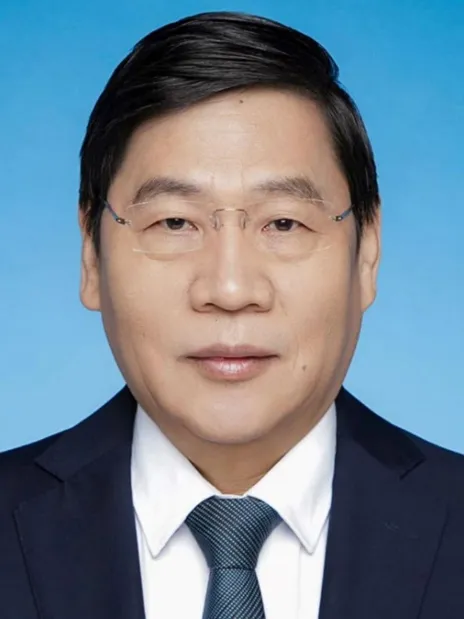
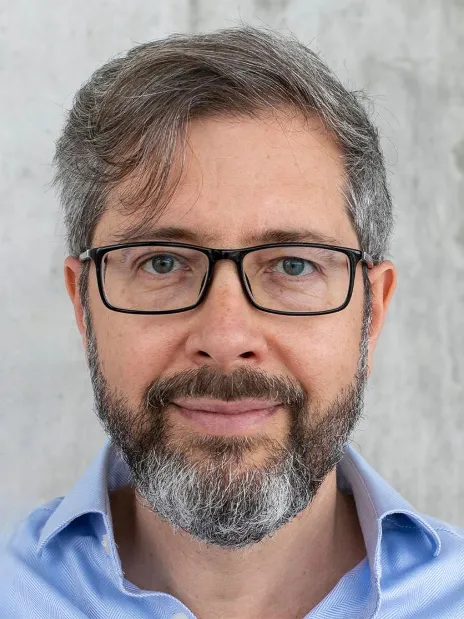
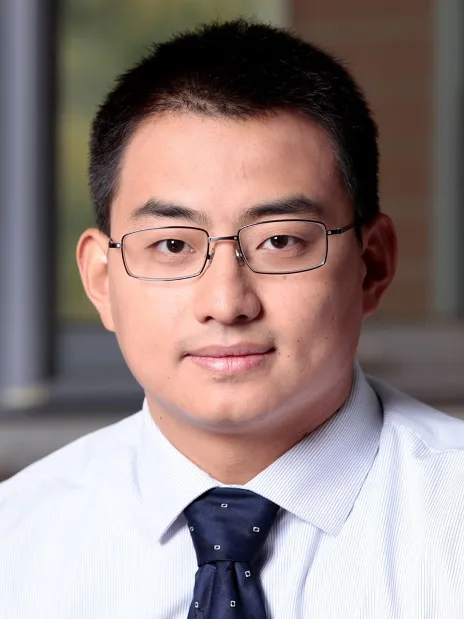
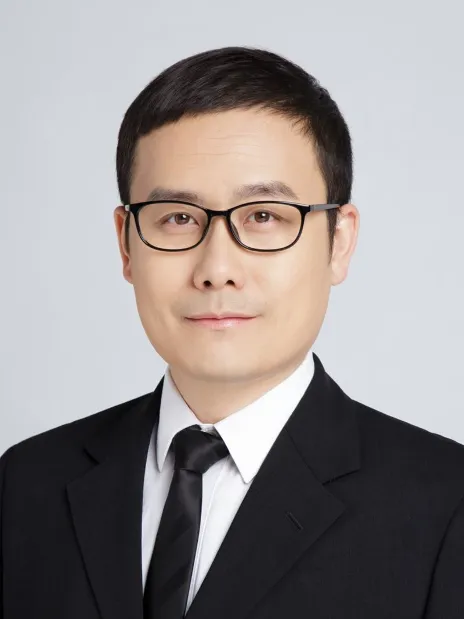
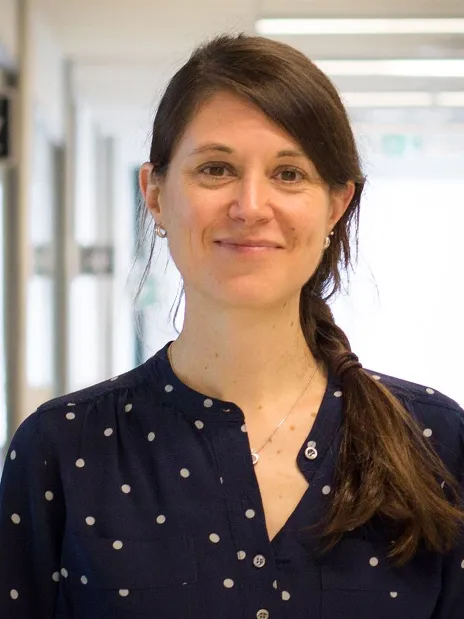
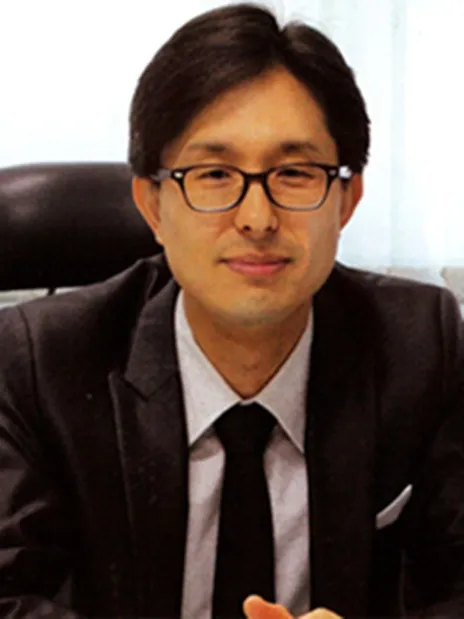

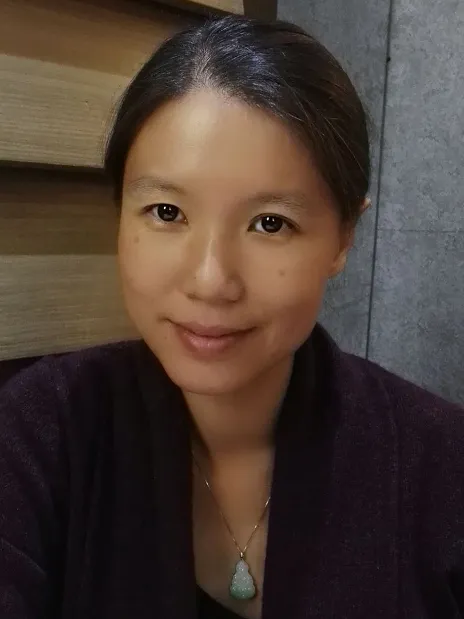
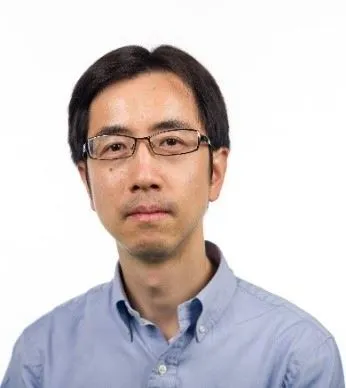


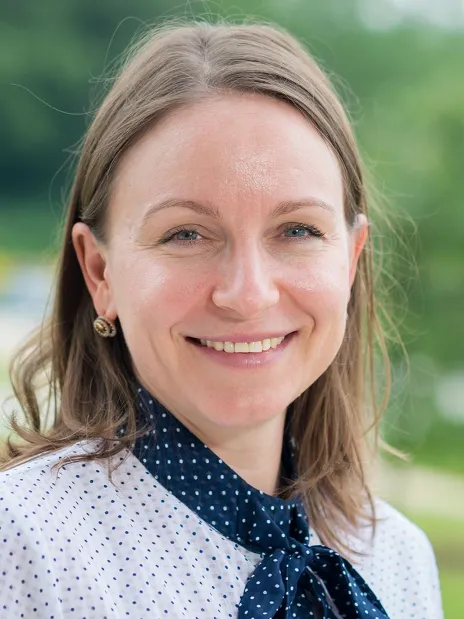
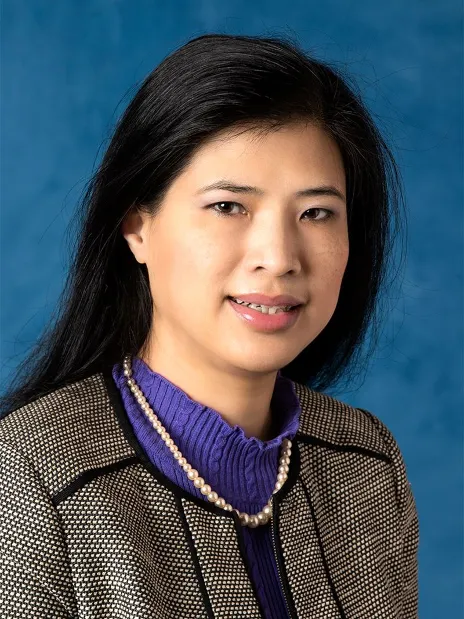


Umesh Waghmare
Associate editor
Jawaharlal Nehru Centre for Advanced Scientific Research
View profile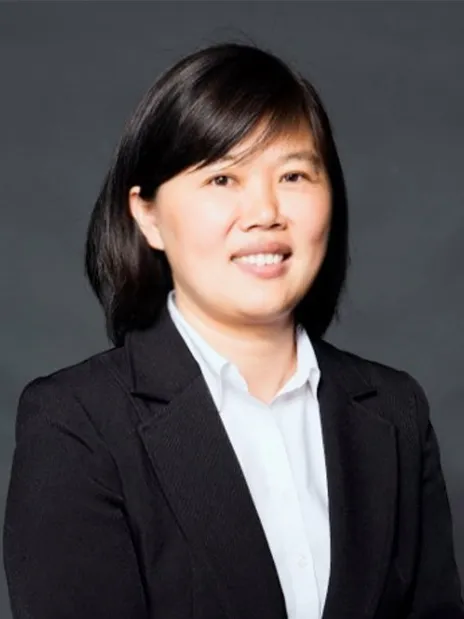
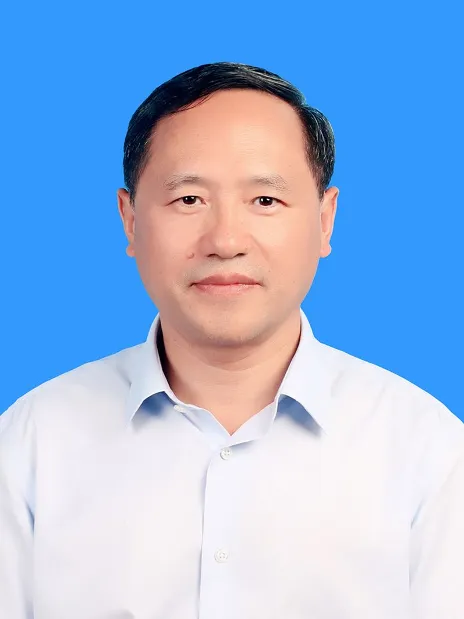


Suryasarathi Bose
Indian Institute of Science Bangalore
Stephanie Brock
Wayne State University
Raffaella Buonsanti
EPFL
Cinzia Casiraghi
University of Manchester
Chunying Chen
National Center for Nanoscience and Technology (NCNST)
Xiaodong Chen
Nanyang Technological University
Mita Dasog
Dalhousie University
Mingdong Dong
Aarhus University
Andrea Ferrari
University of Cambridge
Kristen Fichthorn
Penn State
Christy Haynes
University of Minnesota
Guohua Jia
Curtin University
RongChao Jin
Carnegie Mellon University
Song Jin
University of Wisconsin
Hao Jing
George Mason University
Jesse Jokerst
UCSD
Kourosh Kalantar-Zadeh
University of Sydney
Dattatray Late
CSIR National Chemical Laboratory
Pooi See Lee
Nanyang Technological University
Changming Li
Southwest University
Jie Liu
Duke University
Laura Na Liu
University of Stuttgart
Xiaogang Liu
National University of Singapore
Liberato Manna
Istituto Italiano di Tecnologia
Anna Fontcuberta i Morral
EPFL
Catherine Murphy
University of Illinois Urbana-Champaign
Kostya Ostrikov
Queensland University of Technology
So-Jung Park
Ewha Womans University
Lakshminarayana Polavarapu
University of Vigo
T. Pradeep
Indian Institute of Technology Madras
Narayan Pradhan
Indian Association for the Cultivation of Science
Michael Sailor
University of California
Hyeon Suk Shin
Sungkyunkwan University
Zhigang Shuai
Tsinghua University
Sara Skrabalak
Indiana University
Francesco Stellacci
École Polytechnique Fédérale de Lausanne
Hong-Bo Sun
Tsinghua University
Lingdong Sun
Peking University
Shouheng Sun
Brown University
Xiaoming Sun
Beijing University of Chemical Technology
Zhiyong Tang
National Center for Nanoscience and Nanotechnology
Mauricio Terrones
The Pennsylvania State University
Sarah Tolbert
University of California
Ventsislav Valev
University of Bath
Miriam Vitiello
CNR Nano
Jianfang Wang
The Chinese University of Hong Kong
Benjamin Wiley
Duke University
Xiaojun Wu
University of Science and Technology of China
Yujie Xiong
University of Science and Technology of China
Hongxing Xu
Wuhan University
Lin Xu
East China Normal University
Ya Yang
Beijing Institute of Nanoenergy and Nanosystems
Xing Yi Ling
Nanyang Technological University
Xiao Cheng Zeng
University of Nebraska-Lincoln
Gang Zhang
Institute of High Performance Computing
Hua Zhang
City University of Hong Kong
Miqin Zhang
University of Washington
Jeremy Allen
Executive Editor
Hannah Kerr
Deputy Editor
Rosie Hague
Editorial Assistant
Lilybelle Wyatt
Editorial manager
Zifei Lu
Assistant Editor
Ashley McGovern
Assistant Editor
Sean Browner
Assistant Editor
Paul Scott
Assistant Editor
Shengnan Sha
Assistant Editor
Neil Hammond
Publisher
Read this journal
Paper
Hybrid materials for wastewater treatment: synergistic coupling of Neochloris oleoabundans and TiO2 nanoparticles
Paper
Multifunctional terahertz metamaterials device based on a dual-tunable structure incorporating graphene and vanadium oxide
Paper
Monodisperse spherical Ag+ doped Cs2KBiCl6 nanocrystals: utilizing steric hindrance engineering for inkjet printing of anti-counterfeiting patterns
Paper
Comprehensive relaxometric analysis of Fe(iii) coordination polymer nanoparticles for T1-MRI: unravelling the impact of coating on contrast enhancement
More from this journal
Contact the journal team
We're here to help. Contact the journal team if you have any questions about publishing your paper with us.
Sign up for journal email alerts
Get table of contents alerts and notifications about calls for papers, themed issues and more.
